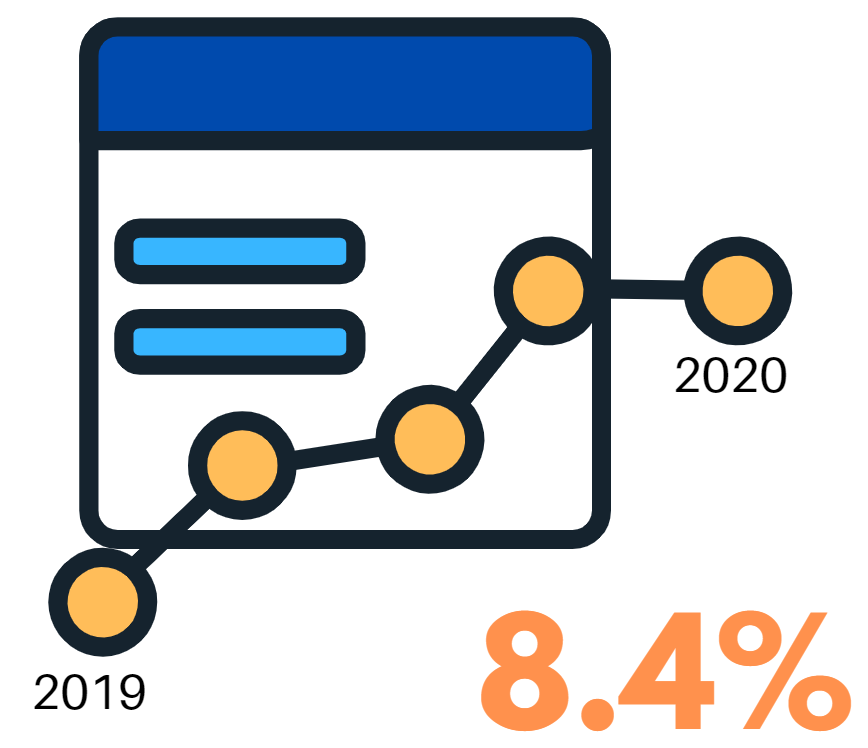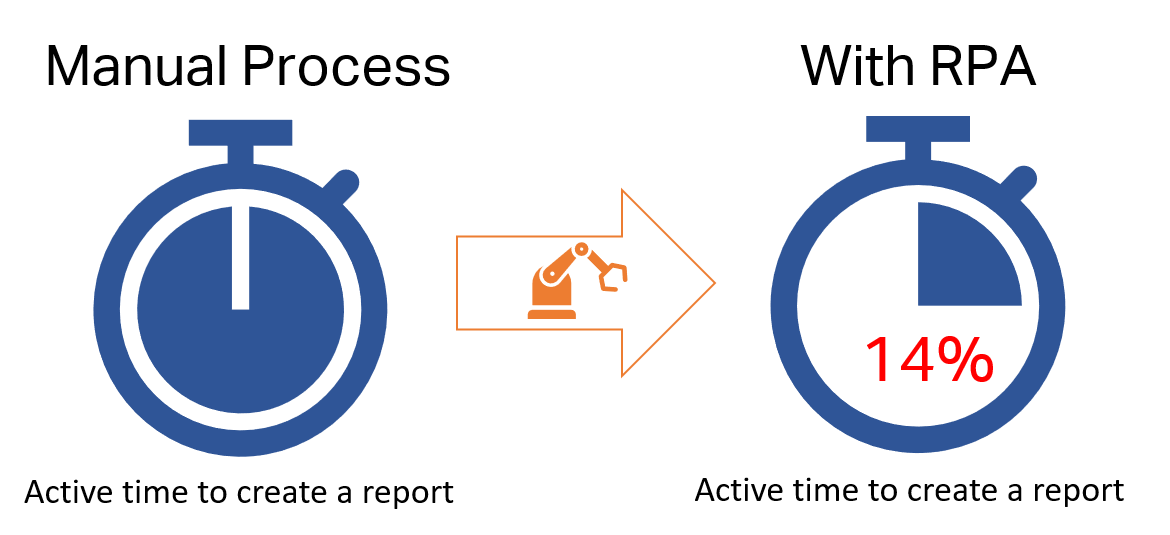How does the empowered workforce deliver greater performance?
Wilhelmsen insights
|
Wilhelmsen Ship Management
We are living in times where operational efficiency is expected in every business strategy. With greater access to new technology, we can work better and deliver more value to our customers.
One of the key bottlenecks hampering operational efficiency is repetitive and manual work that one has to perform. We have many applications and digitized much of our processing and record keeping, but there is still manual work that needs to be done.
In 2018, we released our “accounting bionic arm” to reduce the effort needed to move routine data between different accounting systems and business applications.

Robotic Process Automation (RPA) has proven to be effective for our accounting department as we have recorded an 8.4% increase in aggregated reporting timeliness to customers in FY2020 from FY2019.
We notice employees reaping the benefits of RPA as they have fewer manual tasks and can now focus more on higher value activities. It keeps our teams moving forward instead of being bound by manual work. We have created a workplace environment where employees have time to engage with each other and solve problems and meeting performance targets.
Daniel Reinsborg, Vice President of Finance – Wilhelmsen Ship Management
The nature of RPA, explained below, allows for implementation to other operational functions in our business:
Background runner |
The RPA is run by a bot that requires no human intervention and can run over existing applications in the company. |
Customisable |
RPA is a structured flow. It relies on strong governance and consistency in operations. By “teaching” the bot our workflow process, automation can be customised to assist us. |
24/7 |
RPA has no work-hour limitations |
Consistency |
Reduced human error due to limited human interaction |
Heavyweight |
RPA can executed processes frequently and in large volumes |
Ease |
Installation is quick |
By end of 2020, the number of RPA processes have doubled in our operations.
Procurement intelligence
In procurement, manual tasks like matching supplier quotation to invoice, populating contracted price, generating reports on purchase requisitions for vessels and sending reminders to customers and on board Masters are all laborious and time-consuming jobs.
RPA has helped the procurement team in many aspects. Perhaps the most liberating is releasing our employees from the tasks below:
Reporting
|
Reports can be generated and displayed within minutes – a process where a single report would generally take over half an hour to produce. |
Supply and Order process
|
RPA eases the purchase order and contracted price workflow. It encodes quotation from the supplier and auto-populates the contracted price in our Procurement System. It can also identify costing errors and inconsistencies. |
Digital communication
|
Correspondence can be automated to suppliers whenever a complete cycle of “documentation” for communication efficiency. |
For example, after implementation of RPA, employees recorded time savings of up to 86% per port manifest report (listing of all cargo to customs and port authority).

RPA has taken away a lot of repetitive tasks that the procurement teams have to do. Instead of keying in the cost line-by-line and generating reports every hour, all those can be automated and done with precision. Employees can focus on identifying better suppliers, negotiating more value for customers and make decisions contributing to our supply chain process.
John Beck, Vice President of Global Procurement - Wilhelmsen Ship Management
RPA does not interpret and think. It is not artificial intelligence and is purposed for transactional processes within governance. In Wilhelmsen Ship Management, RPA releases our procurement team to pursue higher value work.
What's next?
As we use automation more and more, we have learned how much it can augment and improve our productivity and effectiveness.
As ship managers, we have been challenged over and over to do more with the same resources given. RPA gives us room for value creation to both customers and employees. With our collaborative work culture, employees can voice their opinions and propose workflows that can be automated so that leaders and team members can achieve common goals.
In 2021, we are looking to further automate our processes in more business areas. We plan to support our employees' professional development by training them with new skills and provide them the opportunity to take on new roles in our company.


